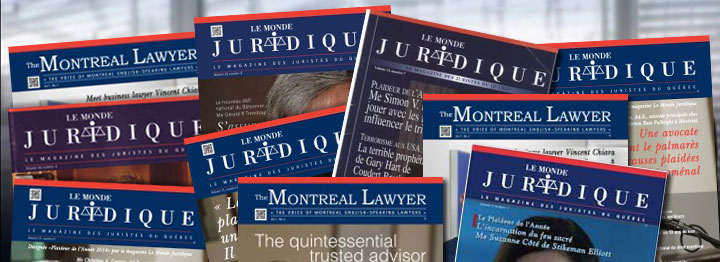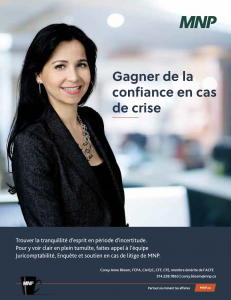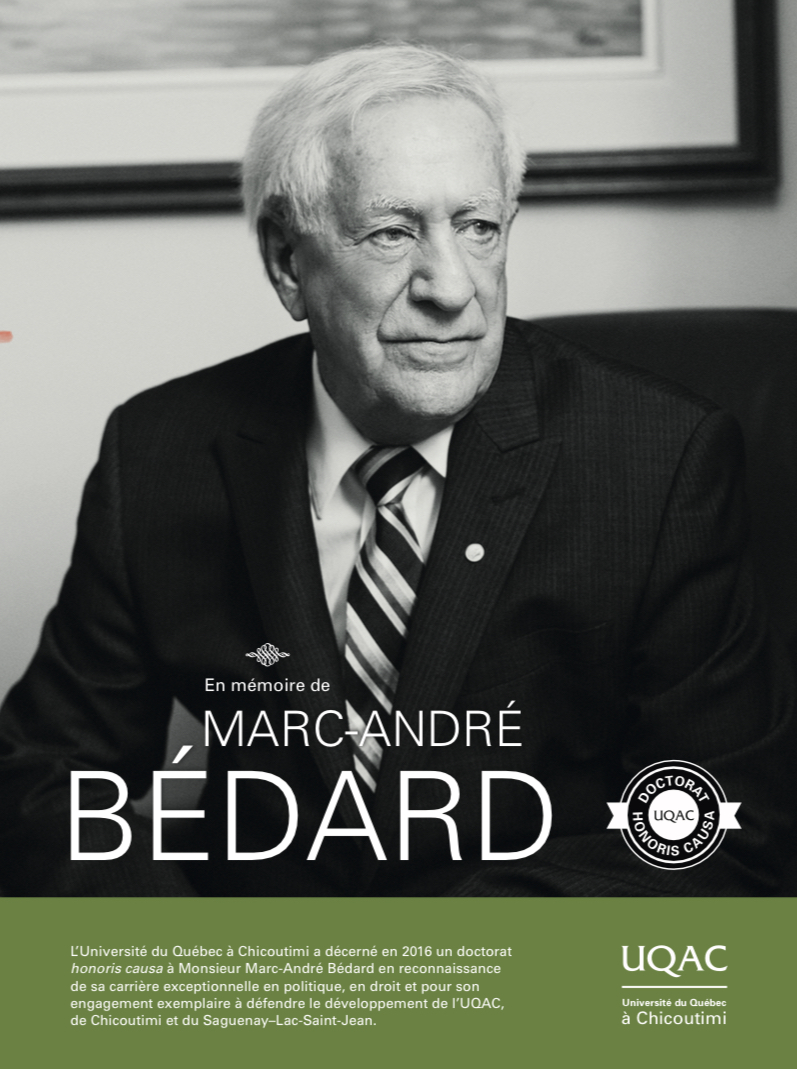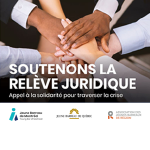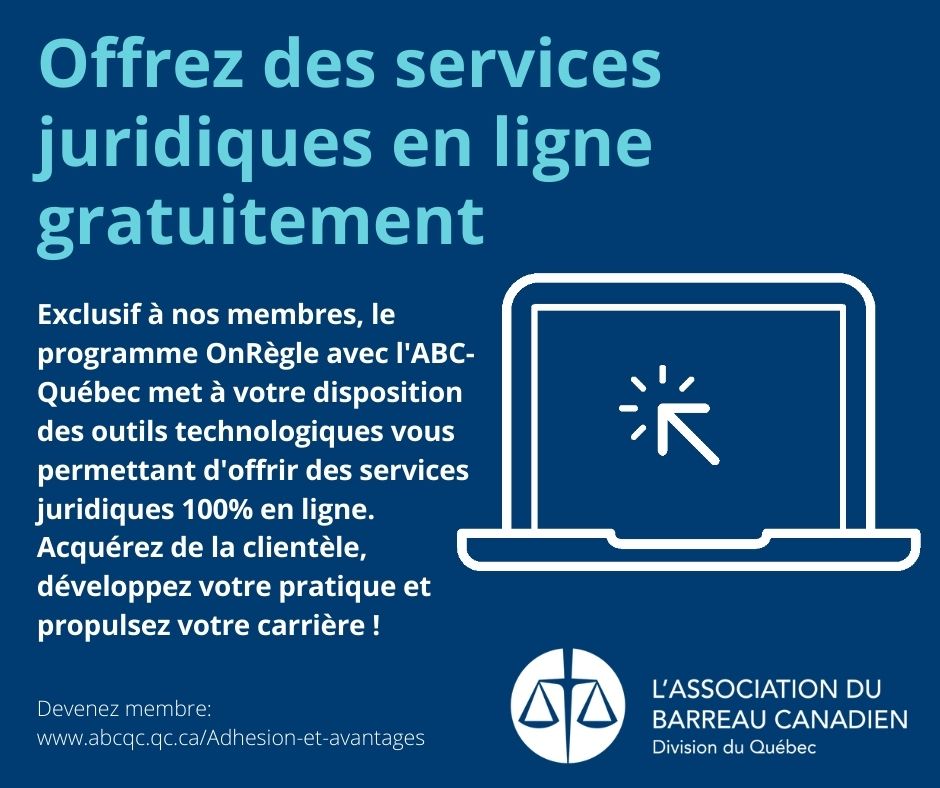9/11 FAMILIES & SURVIVORS UNITED FOR JUSTICE AGAINST TERRORISM
New reports from the New York Times and Pro Publica detail the efforts by the United States Government to conceal Saudi Arabia’s involvement in the terrorist attacks on September 11, 2001.
The new report shows how F.B.I. agents persisted in investigating Saudi connections to the 9/11 attacks for more than a decade, despite resistance from the C.I.A. and senior officials in their own agency. Their investigation uncovered strong evidence implicating at least 6 Saudi government officials in providing a support network for the hijackers. Despite this strong evidence, their efforts were thwarted, and the F.B.I. has gone so far as to prohibit retired agents from helping the 9/11 families due to U.S.-Saudi diplomatic relations. Meanwhile, the Saudis claim innocence while systematically refusing to cooperate with the 9/11 families’ investigation.
The families of the victims of the 9/11 attacks are outraged that their government would go to such lengths to avoid shedding light on those responsible.
“We’ll have more to say in the days to come as we absorb the bombshell revelations in this article, but it is nothing short of betrayal to see more evidence that our government insists on hiding the information to which we’re entitled,” said Terry Strada, National Chair of the 9/11 Families & Survivors United for Justice Against Terrorism. “President Trump told us he would declassify this information and ensure full disclosure, but his own administration is working against him. »
« Make no mistake: we aren’t going away. The F.B.I. will be held to account for their appalling stonewalling of the 9/11 community. »
The full New York Times Magazine article can be found here, and a summary of that expose, also published by the New York Times, is copied below.
For years, the families of the victims of the terrorist attacks on 9/11 have been engaged in a civil lawsuit against the Kingdom of Saudi Arabia for their role in the terrorist attacks on September 11th, 2001. A major step was made in this lawsuit when Congress passed and overrode a Presidential veto to make the Justice Against Sponsors of Terrorism Act (JASTA) law in 2016.
The 9/11 Families & Survivors United for Justice Against Terrorism, consists of over 9,000 family members and survivors, seeking the truth, accountability and justice against all perpetrators of the September 11, 2001 terrorist attack against the United States.
Terry Strada, National Chair of the 9/11 Families & Victims United for Justice Against Terrorism. For more information, please contact Ryan@RokkSolutions.com.
###
Did the Saudis Play a Role in 9/11? Here’s What We Found
Investigators continued to investigate Saudi links to 9/11 even after high-level officials discounted connections.
By Daniel Victor Jan. 23, 2020Updated 11:25 a.m. ET
https://www.nytimes.com/2020/01/23/us/september-11-attacks-saudi-arabia.html
F.B.I. agents who secretly investigated Saudi connections to the 9/11 attacks for more than a decade after high-level officials discounted any government links found circumstantial evidence of such support but could not find a smoking gun, a joint investigation by The New York Times Magazine and ProPublica shows.
One dogged F.B.I. agent in San Diego helped drive the investigation for years, after superiors advised the team to give up on the case. Three presidential administrations have built a wall of secrecy around information about possible Saudi government ties to the attacks.
“Given the lapse of time, I don’t know any reason why the truth should be kept from the American people,” said Richard Lambert, who led the F.B.I.’s initial 9/11 investigation in San Diego.
The full article includes new details that have never been reported before, revealing missed investigative opportunities. Read the entire article from The New York Times Magazine here.
But if you have limited time, here are the main takeaways.
Potential leads went unpursued for years.
An investigator found evidence that suggested Omar al-Bayoumi, a mysteriously well-connected Saudi student who knew two of the hijackers, might have had prior knowledge of the attacks, even though senior U.S. officials had essentially exonerated him.
In a trove of seemingly disorganized evidence taken from Bayoumi’s home in Birmingham, England, in 2001, [a] detective found a spiral notebook that contained a hand-drawn aviation diagram of a plane descending to strike a spot on the ground. An F.B.I. agent who had studied aeronautical engineering concluded that the diagram showed a formula for an aerial descent like the one performed by Flight 77, the jet that Hazmi and Mihdhar hijacked, before it struck the Pentagon. Apparently, the notebook and its contents went unnoticed after Bayoumi’s detention and hadn’t been looked at again.
A former supervisor of the investigation said he thought the finding would have been more significant if it had been discovered in the fall of 2001.
“That would have been harder evidence,” the supervisor, Joseph Foelsch, said. “If not a smoking gun, a warm gun.”
Telephone records that were reanalyzed years later revealed multiple calls among Mr. Bayoumi; Fahad al-Thumairy, a Saudi diplomat and imam; and Anwar al-Awlaki, a Yemeni-American imam who was killed in a drone attack in 2011.
The C.I.A. interfered with a planned F.B.I. investigation, officials say.
In 2010, the F.B.I. planned to place two Saudi religious officials from the kingdom’s Ministry of Islamic Affairs under full-time surveillance. The bureau had previously found that their travel overlapped with movements by the hijackers and people believed to be supporting them, and that they had ties to suspected militants. The two men sought new visas to study English in the United States, which officials feared could be cover for something nefarious.
But, F.B.I. agents believe, the C.I.A. intervened before the surveillance could happen.
The episode, which has not been previously reported, ended abruptly. In the Saudi capital of Riyadh, C.I.A. officers objected strongly to the F.B.I. plan, one former official said. “They didn’t want to give the Saudis a black eye by letting these guys walk into a trap,” the former official said. For reasons that remain unclear, the two Saudis canceled the visit at the last minute. F.B.I. officials suspected that someone in the Saudi government had been warned.
A fabricated child.
To gain the trust of a reluctant source, investigators lied and told a Saudi man he had a previously unknown child. The investigator employed a graphics editor to fabricate an image of a 5-year-old using images of the man and his wife.
“I knew I had a kid!” the man, Mohdar Abdullah, said excitedly.
The man later provided intelligence that led investigators to two more people who knew two of the hijackers when they were in California, helping to piece together where they spent their first two weeks in the United States.
Current status of the case.
Federal prosecutors in New York issued grand jury subpoenas for two witnesses as recently as 2015, but the subpoenas were withdrawn after a senior prosecutor said there was not enough hard evidence for a successful prosecution.
In 2016, the investigative team was broken up, with the case assigned to another team. The Justice Department insists it remains open, but officials said there had been little activity since 2016.
https://www.nytimes.com/2020/01/23/us/september-11-attacks-saudi-arabia.html


